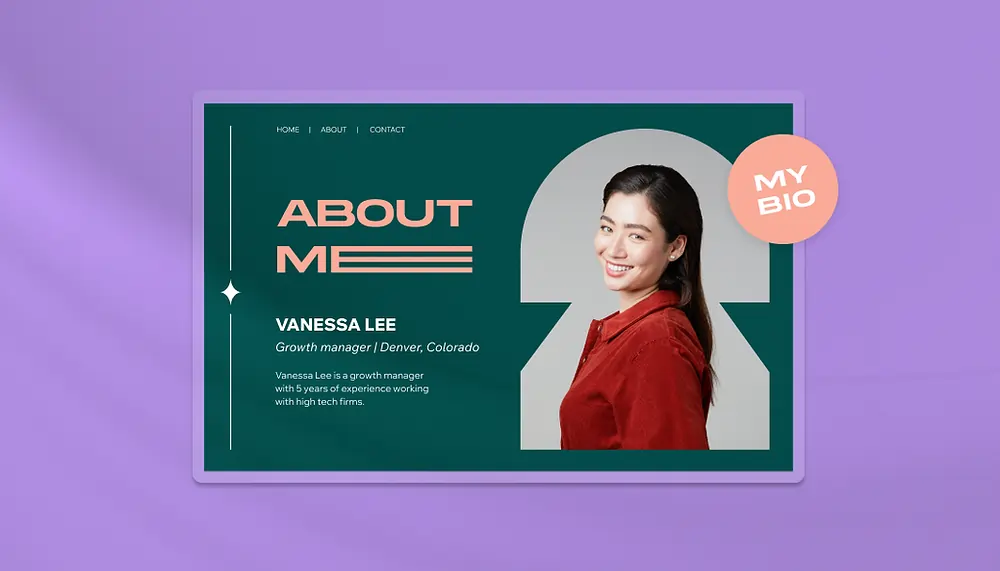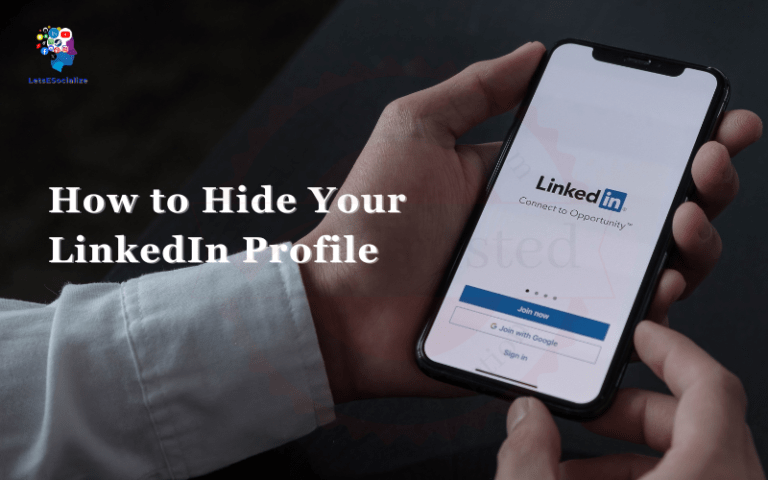LinkedIn has become an indispensable platform for professionals to build their brand and showcase their expertise. With over 722 million users worldwide, LinkedIn offers a huge opportunity to establish thought leadership and authority in your industry.
One of the most effective ways to demonstrate your proficiency is through publishing regular, high-quality articles on LinkedIn. But how do you write articles that captivate your audience and get traction? This comprehensive guide will teach you step-by-step how to showcase your skills and understanding with LinkedIn articles.
Table of Contents
Why Showcase Your Expertise on LinkedIn

Here are some key reasons why you should be using LinkedIn articles to exhibit your know-how:
- Reach a targeted audience – With LinkedIn’s focus on professionals and industries, your articles put your expertise in front of just the right readers interested in your niche.
- Enhance your brand – Consistent, value-adding articles build your reputation as a trusted voice in your field.
- Increase authority – The more quality content you publish, the more LinkedIn’s algorithm recognizes you as an expert, amplifying your visibility.
- Showcase depth of knowledge – Long-form articles enable you to dive deep into topics and flaunt the extent of your skills.
- Get found by recruiters – 58% of hiring managers use LinkedIn to shortlist candidates. Highlight your expertise to attract new career opportunities.
- Supplement your marketing – Articles boost your professional SEO, complementing other lead-generation efforts.
- Interact with your network – Current clients and connections get fresh exposure to the value you offer.
The bottom line? Leverage LinkedIn’s platform to establish yourself as a leader people should listen to.
Also Read – Turning Existing Content into a LinkedIn-Friendly Newsletter
How to Develop Thought Leadership Content

The foundation for an engaging, expertise-reinforcing article is providing unique insights and perspectives. Here are tips on creating compelling thought leadership content:
- Share your personal experiences – Anecdotes from your career journey build rapport and make advice more tangible.
- Offer specific, practical advice – Actionable tips that solve real problems demonstrate your understanding of nuanced industry needs.
- Present contrarian viewpoints – Respectfully questioning conventions shows you analyze issues critically.
- Reveal trends from data – Leverage surveys, research, and statistics to reveal insightful patterns.
- Answer common questions – Addressing pain points and FAQs highlights your ability to provide solutions.
- Share case studies – Real examples and results back up your recommendations with credibility.
- Provide frameworks and models – Original frameworks organize ideas in memorable, easy-to-apply formats.
- Give expert opinions – Weigh in on current issues, regulations, and innovations to exhibit your industry grasp.
- Forecast future outlooks – Projections of where your niche is heading establish your forward-thinking vision.
Best Practices For LinkedIn Articles

Now that we’ve covered themes and angles for your authority-building articles, here are some best practices for structuring and optimizing content:
Choose Descriptive Titles
Like headlines, titles influence whether your articles get clicked on. Strike a balance between being compelling and summarizing the post so readers know what to expect.
- Clickbait, Vague: “The Truth No One Tells You”
- Specific, Actionable: “5 Negotiation Tactics to Increase Your Salary”
Lead With Value In Introductions
Hook readers in the first paragraphs. Share an engaging anecdote, key statistic, or preview of the advice to come.
Structure With Headings
Break up sections with subheadings. They make skimming easier so busy readers can grasp key points.
Limit Paragraph Length
Paragraphs over 3-5 lines become difficult to digest. Use concise paragraphs focused on one idea.
Include Numbered Lists
Numbered tips, steps, and takeaways simplify retention of your recommendations.
Use Visuals
Photos, graphics, infographics, and videos boost engagement and understanding. But ensure they’re high-quality and relevant.
Link To Resources
References and links to research and reliable sources lend credibility while giving readers options to dig deeper.
Close With A Call To Action
End each piece by encouraging readers to engage further. For example, invite them to connect on LinkedIn for a discussion.
Optimizing Your Articles To Rank Highly

Driving visibility and reads for your articles involves both optimizing the content itself and actively promoting your posts.
Keyword Research
Identify keywords and phrases your audience is searching that relate to your expertise. Incorporate these organically into content.
Craft Compelling Meta Descriptions
Meta descriptions summarize articles in search results. Make them catchy to entice clicks.
Include Target Keywords In Titles And Headers
Search engines factor words in titles and headings more heavily.
Check Readability Scores
Aim for grade level readings under 12th grade with tools like the Flesch-Kincaid scale. Easy digestibility equates to better retention.
Prompt Engagement
Questions, polls, and strong calls to action help signal to the algorithm readers are interacting and responding positively.
Publish Consistently
Posting new pieces regularly keeps you top of your mind as an expert. Aim for at least one article a week.
Timely Topics
Trending news or upcoming events make for engaging article themes that capture attention.
Update Older Content
Refresh past posts by adding new data, sections, and examples to keep content fresh.
Promote And Share
Plug your articles into your other social channels. Also, engage with your network by commenting on their posts to extend your reach.
Showcase Your Expertise With Different Article Formats

While a standard article gets the job done, experimenting with different formats provides variety and allows you to demonstrate expertise from different angles.
Opinion Editorials
Op-eds are excellent for persuasively stating a position on a controversial issue while citing your experience.
Q&As
Interview yourself or have colleagues ask you pressing questions as an engaging proxy for advice.
Industry Trend Reports
Analyze the latest data, research, and events then provide your unique forecast on where things are headed.
Case Studies
Showcase a client success story highlighting the solutions and processes you applied.
How-Tos
Provide actionable, step-by-step guides to solving common problems. Lists and screenshots help guide readers.
Newsjacking
Offer your commentary on a big recent news event related to your field.
Product Tear-downs
Dissect the strengths and weaknesses of new platforms and offerings.
Book Reviews
Share key lessons and critiques of relevant new releases. Your thoughts on other works showcase your knowledge.
Matching varied article formats to your goals keeps your expertise content from growing stale.
Also Read – Increasing LinkedIn Engagement as a PhD Student
Promoting Your Content For Maximum Impact

Publishing superb articles is only half the battle. You also need to amplify their distribution to build awareness. Here are proven tactics:
Share On Social Media
Post article links on your LinkedIn, Twitter, Facebook, and any other platforms. Engage followers in discussions.
Send To Email List
Leverage your email list to push new articles out to the current audience.
LinkedIn Publisher Groups
Join relevant niche groups and share articles there to put your piece before targeted users.
Post To LinkedIn Community Hashtags
Include relevant trending hashtags like #leadership or #cybersecurity to tap into these communities.
Repeat With New Angles
Repurpose evergreen articles with a new intro or updated stats to resurrect past pieces.
Guest Post Outreach
Pitch industry websites by cross-posting your articles to their blogs for added visibility.
LinkedIn Sponsored Content
Pay to boost high-performing posts and amplify their reach and engagement.
Incorporate In Email Signature
Add a link to your best leadership articles in your email footer.
Driving views, reads, and shares accelerate how fast your article gains traction. Test a mix of methods to see what resonates most with your audience.
Showcasing Expertise With Consistency

Posting sporadically leads to wasted efforts. Maintaining consistent visibility keeps your expertise top of mind. Set aside a regular time each week to:
- Brainstorm fresh article ideas
- Research and draft articles
- Promote published pieces
- Engage with your audience
Track metrics like search appearances, inbound leads, and post engagement to continually refine your content.
Establishing consistent thought leadership boosts your brand as a leading industry voice. With regular high-quality articles spotlighting your skills, LinkedIn becomes a channel to demonstrate your prowess.
So implement these tips on crafting compelling, optimized content that captivates audiences. Consistent publishing and promotion make LinkedIn a platform to highlight your proficiency while advancing your career.
What strategies do you find best for showcasing expertise with LinkedIn articles? I welcome your thoughts and experiences!





